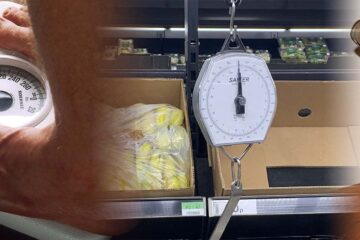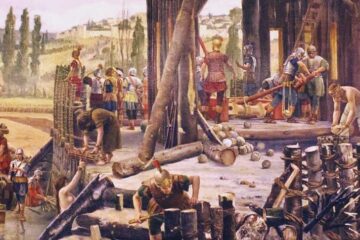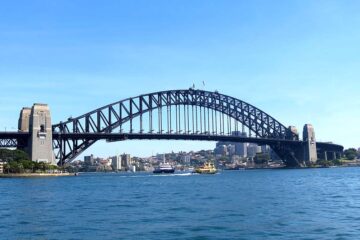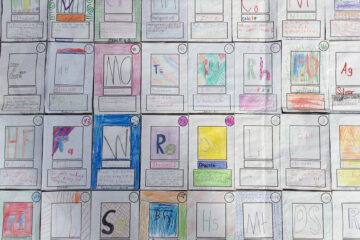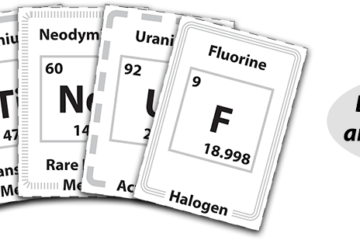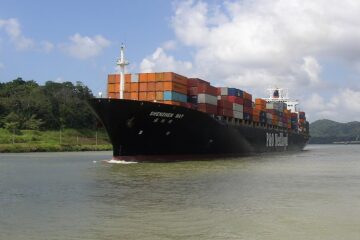Modules
Wind Turbines — Engineering the Future — Overview
Alternative energy topics are both popular and relatable with children. This versatile engineering module — containing both electrical and mechanical variants — focuses on wind turbine blade development, which provides an excellent platform for teaching concepts of experimental design. Subtle changes in blade configuration often yield dramatic results that excite the youngsters and encourage them to investigate further.

